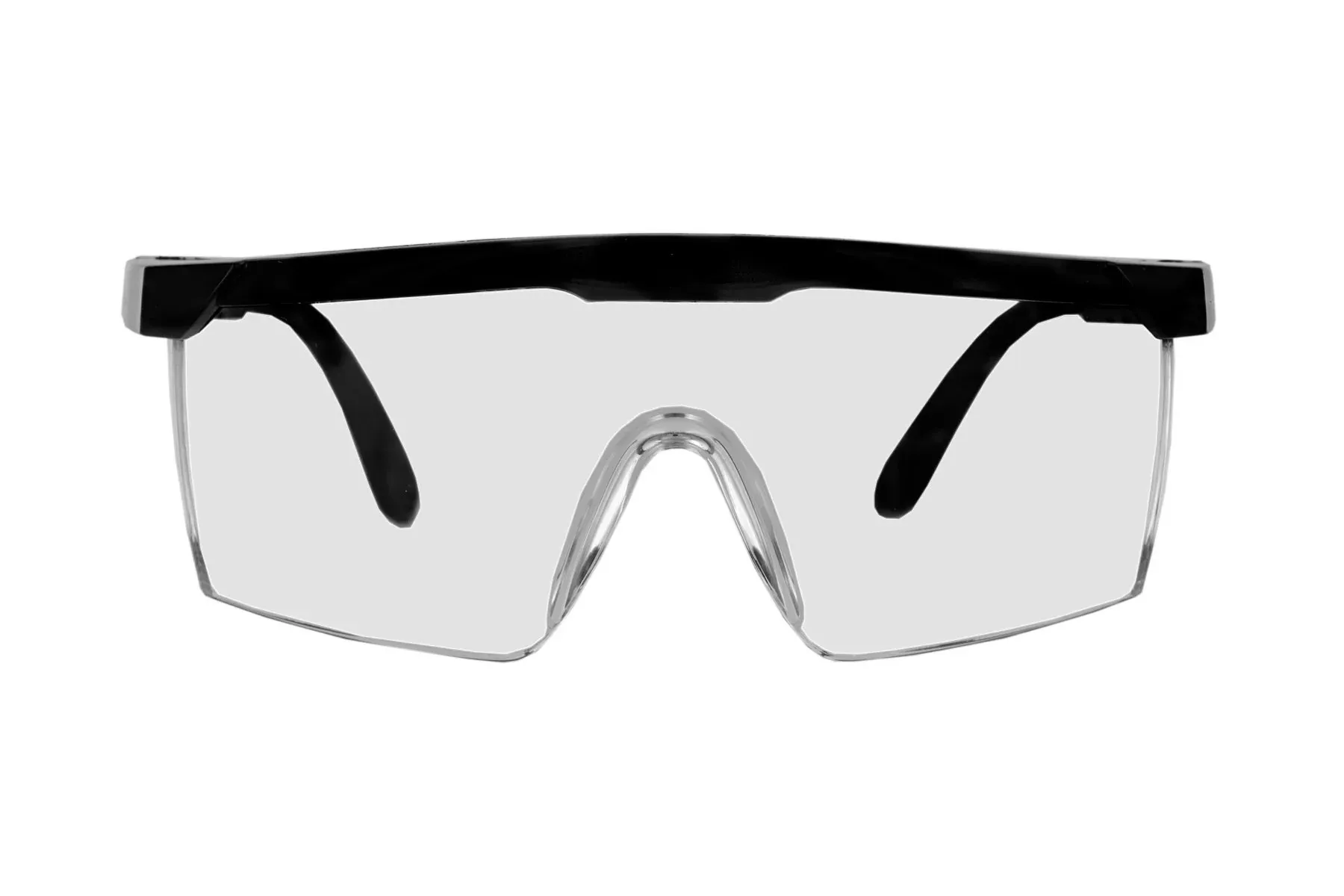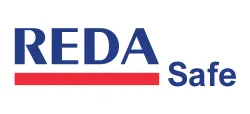How Are Safety Glasses Different From Regular Glasses?

Introduction
Navigating the vast selection of eyewear can be daunting, whether you're a first-time buyer or a seasoned wearer. We're fortunate to have a diverse array of options in today's market, but this variety can often lead to decision paralysis. Amidst this abundance, our mission is to simplify your journey by elucidating one crucial consideration: the contrast between safety glasses and regular glasses.
In our commitment to a customer-centric experience, this article aims to demystify the specifics that set these two types of eyewear apart. Understanding the differences is not just about making an informed purchase but also about safeguarding your vision, depending on your lifestyle or occupational needs. We delve into this essential dichotomy to help ease your decision-making process, ensuring you select eyewear that's not just a perfect fit but also offers optimal protection or functionality based on your requirements.
If your profession involves demanding environments, or if you engage in certain hobbies, the dilemma of choosing between safety glasses and regular glasses may be familiar to you. This critical decision requires careful contemplation before investing in your subsequent eyewear. By examining the contrasts outlined below, you will empower yourself to make a selection that is not only apt for your situation but also enhances your protection and comfort.
Examining the Differences Between Safety Glasses and Regular Glasses
1. Enhanced Lens Construction for Superior Protection
A prominent distinction between safety glasses and regular eyewear is the construction of the lenses. Regardless of prescription specifics, safety glasses boast lenses engineered for superior eye protection. This translates to an enhanced level of impact resistance compared to their conventional counterparts. Safety glasses typically feature lenses crafted from various materials, with polycarbonate standing out as a prevalent choice. These lenses not only surpass traditional glass lenses in impact resistance but also offer the advantage of being lighter, contributing to overall comfort.
2. Addressing the Vulnerabilities of Polycarbonate Lenses
However, the lenses of safety glasses have a softer surface, making them more prone to scratches. But this concern is addressable through the option of adding a scratch-resistant coating to maintain lens clarity. While standard glass lenses suffice in numerous everyday situations, their limitations become apparent in more demanding or hazardous environments, underscoring the necessity for specialized eyewear in such scenarios.
3. Meeting Rigorous Safety Standards
A crucial factor distinguishing safety glasses from regular glasses is the stringent level of impact resistance required for the former, often denoted by specific markings on the glasses themselves. Renowned benchmarks in eyewear safety, such as those set by the American National Standards Institute (ANSI), demand that lenses undergo and pass rigorous testing. One such assessment, known as the "drop ball" test, involves a one-inch steel ball falling onto the lens from a height of 50 inches. Success is measured by the lens's ability to withstand this pressure without any cracking, chipping, or breaking, thereby earning ANSI certification.
4. The Assurance of ANSI Certification
This certification assures wearers that their eyewear can handle extreme conditions, such as environments heavy with airborne particles or recreational activities prone to flying debris like cycling or hunting. In contrast, standard eyeglasses, despite any manufacturer claims, often do not conform to these elevated safety protocols, prompting skepticism regarding their impact resistance capabilities.
5. Comparative Analysis of Frame Materials
Furthermore, another significant difference lies in the frame construction. Safety glasses frequently employ materials like nylon for the frame, prized for its flexibility and lightness, catering specifically to the wear-and-tear of high-intensity environments. Conversely, regular glasses utilize a wide spectrum of materials, from plastics to various metals like titanium, focusing more on everyday use and comfort rather than the capacity to withstand high-impact scenarios.
6. Durability Testing for Safety Frames
Safety glasses distinguish themselves from regular eyewear through the robust construction of their frames, built specifically for high-impact resistance. These frames undergo rigorous testing for durability, including procedures akin to the "drop ball" test. In these evaluations, a steel projectile approximately one inch in diameter and weighing roughly 17 ounces is released onto a lens fitted within the safety frame. The criteria for passing are stringent - the frame must not only maintain complete lens retention, but no part can dislodge or separate from the frame's inner surface.
7. Markings of Authenticity and Durability
While this represents just one of the numerous tests conducted, it underscores the intrinsic resilience of safety glasses frames against substantial impact. Verification of this tested durability is often visible via specific markings found typically on the frame's forefront or along one of its temples.
8. Assessing the Limitations of Regular Eyeglass Frames
In contrast, the frames of standard eyeglasses lack this high-impact design specification. In situations involving intense physical activity or hazardous conditions, if these conventional frames were to fall or face impact, they stand a considerable risk of breaking. While such vulnerability might be acceptable for routine daily activities, it poses a significantly higher risk in more demanding or unpredictable settings, highlighting the necessity for specialized safety eyewear in these circumstances.
By segmenting the content in this manner, it aligns with SEO best practices by addressing specific subtopics within the broader subject, making the text more accessible and engaging for readers, and potentially improving its visibility in search engine results.
Take Note of Your Habits
Understanding the fundamental distinctions between safety glasses and regular glasses is instrumental in making an informed choice, heavily reliant on your individual lifestyle, profession, and aesthetic preferences.
Occupations like machining, plumbing, carpentry, or general labor significantly heighten the necessity for protective eyewear, often making safety glasses a mandatory work accessory to safeguard against occupational hazards. Similarly, enthusiasts of DIY home renovations or gardening could substantially benefit from the protective attributes of safety glasses, given the inherent risk of eye injuries in such activities. Additionally, for athletic individuals, safety glasses provide that extra shield during sports, ensuring an undistracted engagement in your favorite physical activities.
On the other hand, if your routine doesn't typically expose you to environments necessitating advanced eye protection, standard eyeglasses may suffice. While they enhance your vision, they lack the fortified defense against external elements directly impacting your lenses or frames. However, regular glasses often win in the style stakes, offering a broader range of fashionable choices. If visual appeal significantly influences your eyewear selection, regular glasses might align more with your priorities, balancing clarity of sight with stylistic expression.
Conclusion
In summary, the choice between safety glasses and regular glasses boils down to your specific needs. While safety glasses provide unmatched protection in high-risk environments, regular eyewear may suffice for everyday comfort and style. Consider your lifestyle demands, and don't compromise on eye safety. For an array of robust and reliable options, explore our safety glasses to find the perfect blend of safety and style. Your eyes deserve the best protection, and we're here to ensure they get it.
